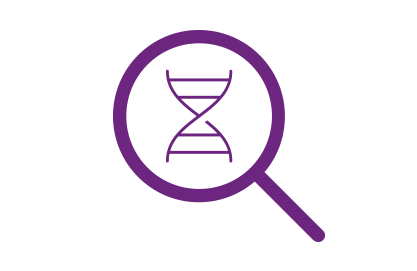 Key Takeaways
Key Takeaways
- Transgenic mice are essential in biomedical research, but the random integration of transgenes during pronuclear injection can disrupt native genes and complicate phenotype interpretation, with 5-10% of transgenic mice showing unrelated phenotypes.
- Traditional mapping techniques, such as FISH and PCR, are limited in resolution and efficiency, while newer methods like whole genome sequencing offer improvements in deciphering transgene insertion sites.
Targeted Locus Amplification (TLA) is an advanced NGS-based method that allows precise mapping of transgene integration sites, detecting all genetic variations with minimal prior sequence knowledge, improving understanding of transgene impact, and reducing colony management costs.
















.jpg)

.jpg)
.jpg)
.jpg)
.jpg)





.jpg)


.jpg)
.jpg)




.jpg)




.jpg)

.jpg)






